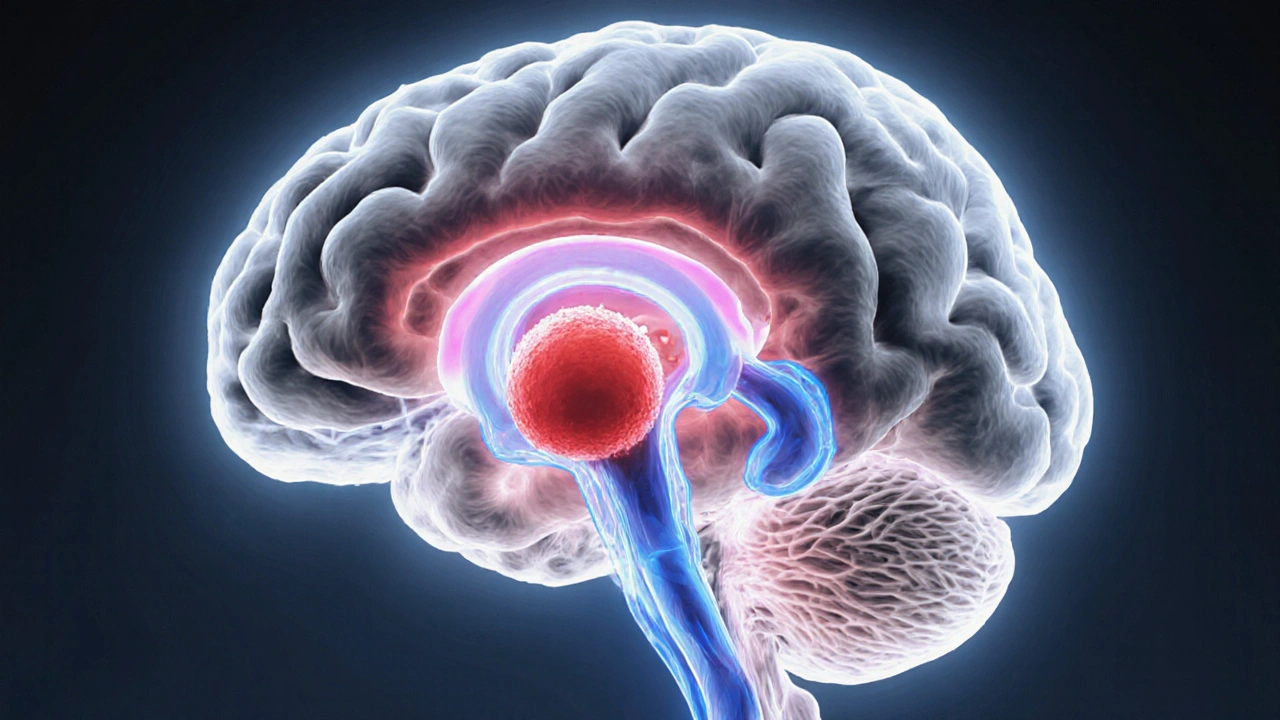Understanding TIA Types: A Quick Guide to Transient Ischemic Attacks
When learning about TIA types, the different forms of a Transient Ischemic Attack (often called a mini‑stroke) that last only a few minutes and leave no permanent damage. Also known as mini‑strokes, they serve as warning signs for a future full‑blown stroke, a condition that can cause lasting disability or death. Recognizing the specific TIA type helps doctors choose the right test, treatment, and follow‑up plan.
TIAs fall into several categories based on how the blood flow is disrupted. Embolic TIAs happen when a clot travels from elsewhere (like the heart) and briefly blocks a brain artery. Lacunar TIAs stem from tiny vessel disease, often linked to high blood pressure or diabetes. Hemodynamic TIAs occur when narrowed arteries reduce overall perfusion, leading to brief symptoms during activity. Each type shares the hallmark of sudden, short‑lived neurological changes—speech slur, vision loss, or weakness—that resolve within 24 hours. Knowing which pattern fits a patient’s episode points toward the underlying cause and the most effective preventive measures.
How Doctors Spot the Difference
Accurate diagnosis relies on modern diagnostic imaging tools. An urgent MRI with diffusion‑weighted sequences can reveal tiny areas of restricted blood flow that CT scans might miss. Carotid ultrasound checks for plaque buildup that could cause embolic events, while transcranial Doppler evaluates blood flow velocities in the brain’s major vessels. Blood tests for cholesterol, blood sugar, and clotting factors round out the picture, helping clinicians decide whether the TIA was embolic, lacunar, or hemodynamic in nature. Rapid imaging not only confirms a TIA but also stratifies stroke risk, guiding the urgency of treatment.
Once the type and cause are clear, the focus shifts to prevention. The cornerstone of TIA management is antiplatelet therapy, most commonly low‑dose aspirin or the newer agent clopidogrel. These drugs reduce the chance that another clot will form and travel to the brain. For patients with high cholesterol, statins lower plaque buildup and improve vessel health. Lifestyle tweaks—quitting smoking, controlling blood pressure, regular aerobic exercise—further cut the odds of a future stroke. In selected cases, especially with severe carotid narrowing, doctors may recommend a stent or surgical endarterectomy to physically open the artery.
Putting it all together, the spectrum of TIA types connects directly to the risk of stroke, the choice of diagnostic imaging, and the need for antiplatelet therapy. Understanding these links lets you see why a brief episode of weakness shouldn’t be shrugged off—it’s a signal that the brain’s blood supply is vulnerable. Below you’ll find a curated set of articles that dive deeper into medication side effects, drug comparisons, disease‑specific advice, and practical tips that complement the overview you just read. Explore them to learn how to manage the aftermath of a TIA, choose the right medication, and stay ahead of the next health challenge.
Understanding Different Types of Transient Ischemic Attacks

Learn the main types of Transient Ischemic Attacks, their causes, symptoms, diagnosis, risk factors, and prevention strategies to avoid a future stroke.
